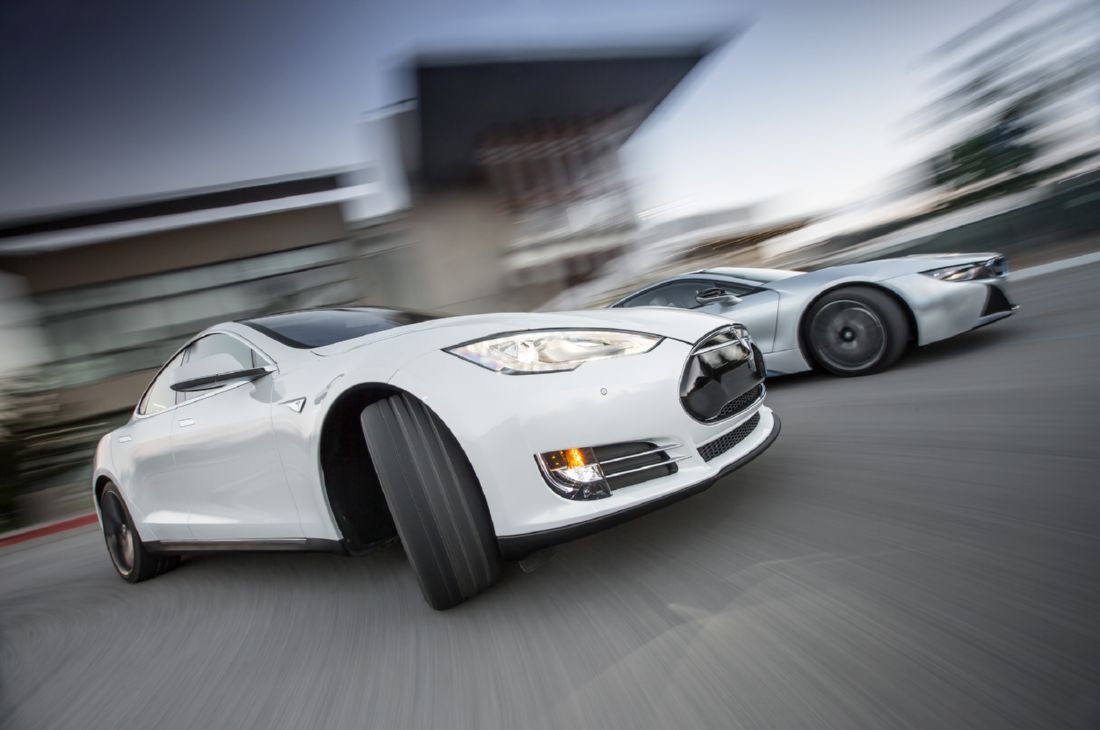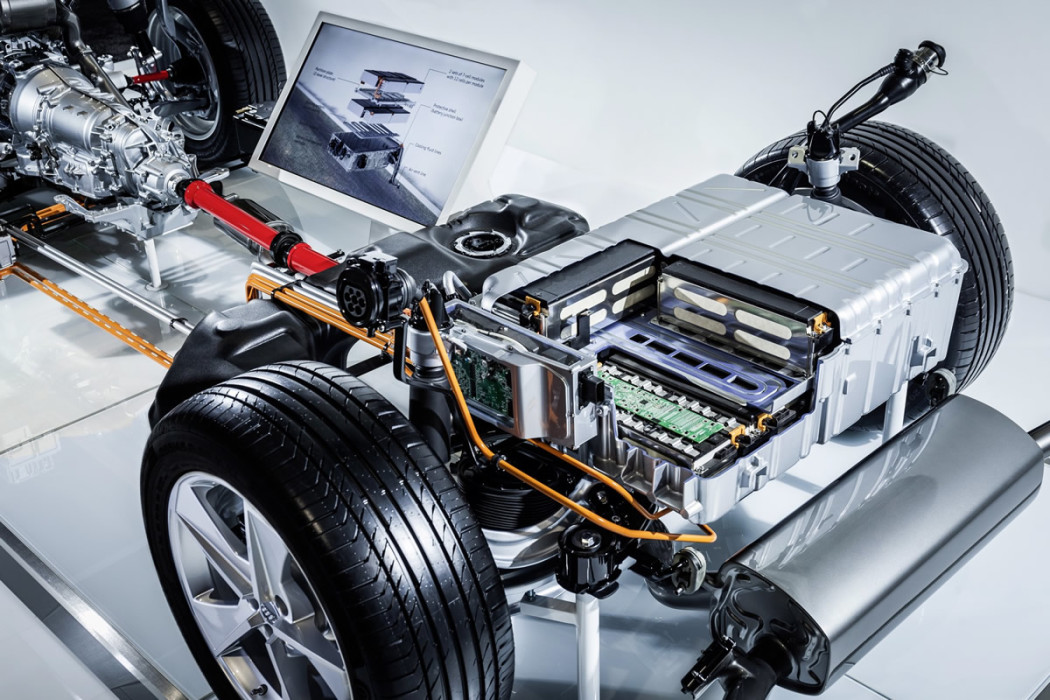Your daily selection of the hottest trending tech news!
According to Electrek (This article and its images were originally posted on Electrek June 26, 2018 at 08:00AM.)
Electric vehicle startup Faraday Future confirms the long-rumored financing round that saved the company last year.
The California-based startup now announces that is closed $2 billion in financing to bring its electric vehicles to market.
As we previously reported, Stefan Krause, former BMW and Deutsche Bank CFO, and BMW’s head of EVs, Ulrich Kranz, were two of FF’s top executives until leaving to launch their own EV startup and bring several other FF employees with them.
At the time, sources told Electrek that Krause was able to raise funds for his new startup using the groundwork that he had done on the previous deals that he tried to close for FF, but that ended up failing due to disagreements with Jia Yueting, FF’s main financial backer who is now in control of the company.
Jia wanted to keep a controlling share of the company and remain CEO.
It now looks like he lost a controlling share, but he will be able to remain CEO.
Even though Faraday Future is officially based in California, it was founded by Chinese interest and the new investment is also coming from Asia.
What took so long for the deal to become official is apparently the approval from the Committee on Foreign Investment in the United States (CFIUS), which FF now claims to have.
After this new 2$ billion investment from Evergrande Health, a Hong Kong-based holding company mainly invested in media and healthcare businesses, FF has the following new share structure:
- 45% for Evergrande Health (Investor)
- 33% for the original shareholder (Jia Yueting)
- 22% for the team at FF
Faraday Future commented on what they plan to do with the money:
“FF will continue to use the committed funds to accomplish our top priority – finalizing the development and delivering the first production vehicle, FF 91 to both US and China markets. The investment will also support FF to expand its product pipeline, develop cutting-edge technologies and grow the business rapidly in the global marketplace, including our manufacturing facilities in Hanford, California and in Guangzhou Nansha, Guangdong Province, China.”
The FF91 was originally supposed to launch in 2018, but it now looks less likely than ever with only 6 months left in the year and still no factory completed.
With a 130kWh battery pack configuration, FF claims that the FF91 will have 1050 horsepower. Faraday Future says this is the most of any electric car (but actually falls short of some hypercars like the current Rimac Concept_One and now some other upcoming electric cars) and has 378 miles of EPA range.
Last year, it also set a new “production” EV record at Pike’s Peak – beating the previous year’s Tesla P90D by 20+ seconds.
We have been seeing a few beta prototypes of the car over the last year and we even saw a pretty cool side-by-side with the Tesla Model X, but FF built a few more beta prototypes ready for a new round of testing earlier this year.
Electrek’s Take
Over the last 3 years, FF went from flagship EV startup to a mess with unpaid suppliers and lawsuits on top of lawsuits.
As we previously said, they have built some cool EV technology during those years, but there was always only little hope of ever bringing anything to production.
Now with $2 billion in the bank, it would be hard to imagine that they couldn’t establish some kind of manufacturing capability to launch their products.
The thing is that their tech might have fallen behind during all those setbacks.
Either way, it might be worth it for us to keep a closer eye on them now that they are flush with cash again.
What do you think? Have you lost hope for FF? Let us know in the comment section below.
- Got any news, tips or want to contact us directly? Feel free to email us: esistme@gmail.com. To see more posts like this please subscribe to our newsletter by entering your email. By subscribing you’ll receive the top trending news delivered to your inbox.
__
This article and images were originally posted on [Electrek] June 26, 2018 at 08:00AM. Credit to Author Fred Lamber and Electrek | ESIST.T>G>S Recommended Articles Of The Day.













